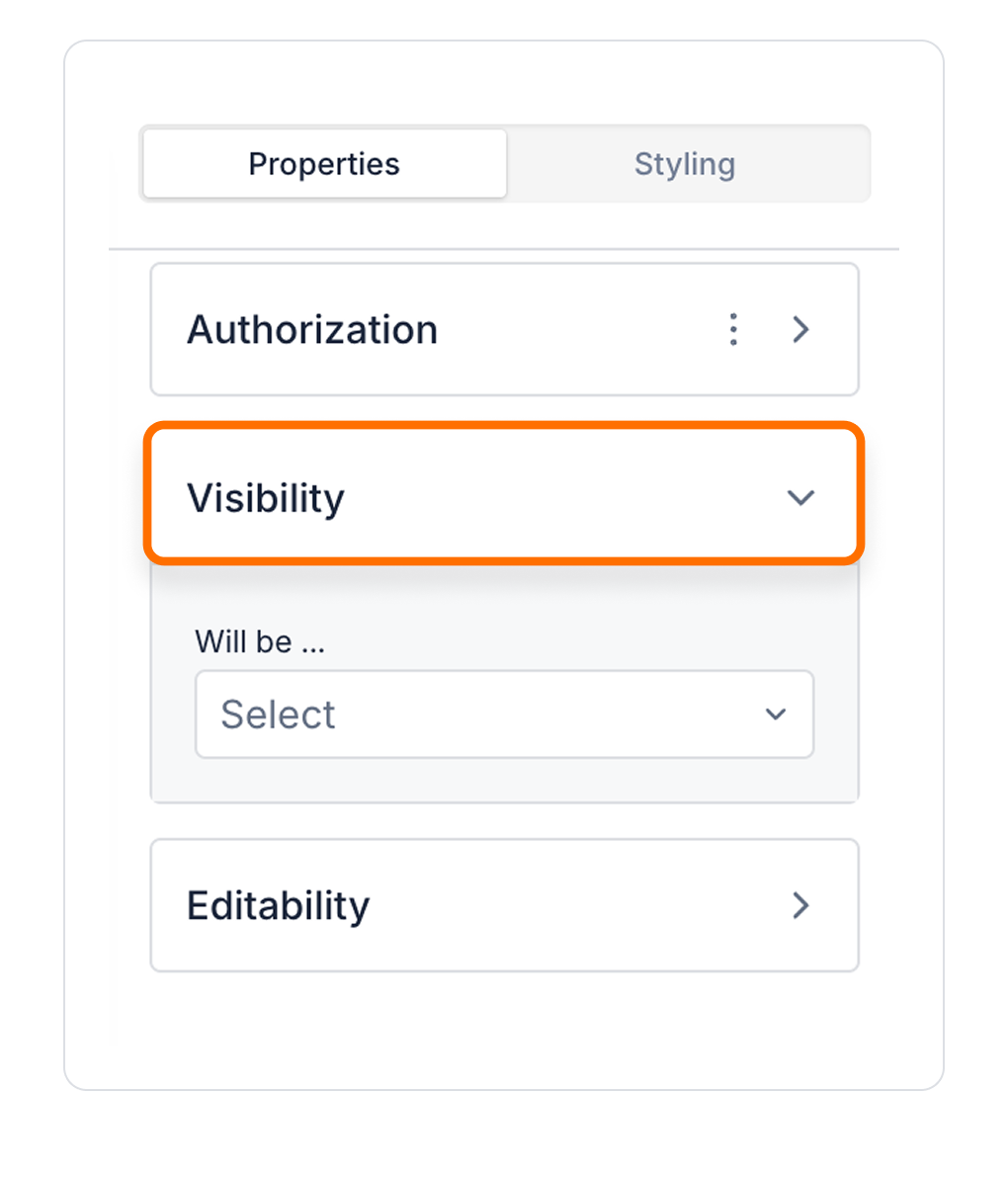


Kuika's Radar Chart element offers a powerful way to visualize multi-dimensional data. This chart type is ideal for analyzing relationships and distributions between different categories. It is especially used for performance evaluations, competency comparisons and multi-criteria analysis. It allows you to clearly visualize the differences and similarities between certain variables by positioning your data on a circle.

You can configure the following settings in the Properties panel:

Datasource:
Legend: You can hide a specific slice by clicking on the data in the DataSource section.
Show Label Boxes: Determines whether the data labels are shown in boxes.
Show Level Value Boxes: Controls the visibility of value boxes for each level on the radar chart. Users can toggle whether numerical values are shown on the level circles.
Level Frequency: Allows you to adjust the level density in the radar circles.
Begin At Zero: Controls whether the graph values start at zero.
Angle Lines Color: Allows you to customize the color of the spider (angle) lines in the radar chart. This improves readability and enables alignment with your design theme.
Authorization

To manage access control at the element level, you can use the Authorization section in the Properties panel.
Access Types
Anonymous
Allows all users to view the element without logging in.
Restricted
Restricts access to only verified users or specific roles.
Unauthorized Behavior (Hide / Disable)
If the user does not have the required role, you can specify how the element should behave in the Choose field:
This setting is used to manage how unauthorized users encounter the element.
Visibility

Always Visible: The element is always visible.
Hidden: The element is hidden.
Sometimes Visible: The element becomes visible based on specific conditions.
When Sometimes Visible is used, AND / OR groups can be added directly, allowing visibility rules to be grouped and more complex scenarios to be managed easily.
To configure the setting:


By customizing your elements with the Styling Panel, you can create impressive interfaces for your web and mobile applications. In this section, you can configure the following settings:
By following these steps, you can configure the Area Chart element to suit your needs.